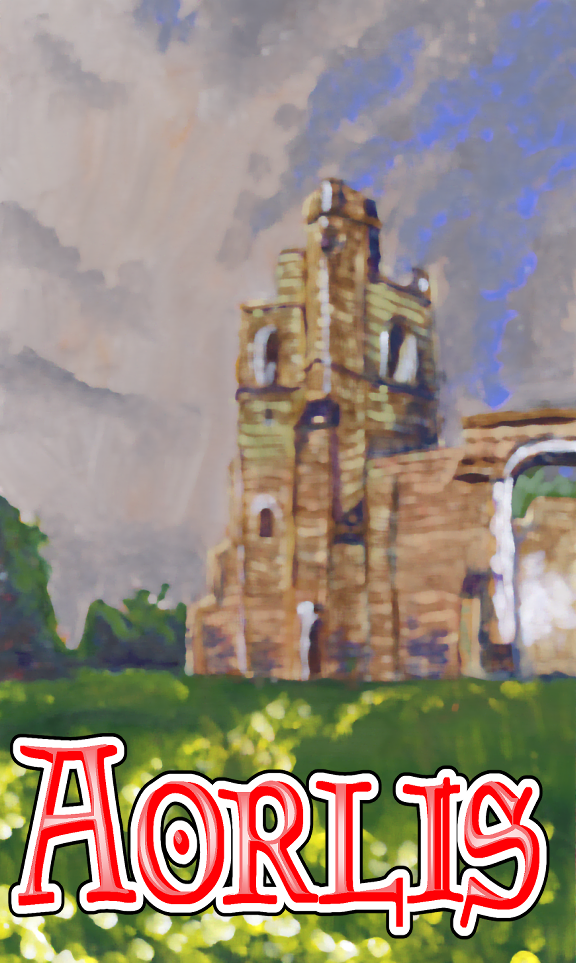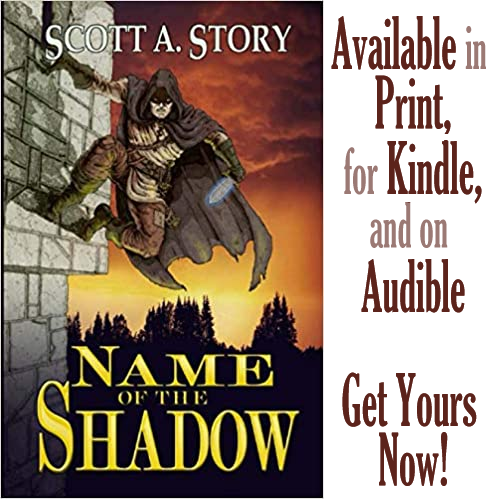Imerkand Culture
Social Class, Material Culture, and More
Appearance
- Men average around 5’6” tall, and women about 5’2”. Medium or light frames are most common.
- Talikian hair is most often black, their eyes dark, and their skin light colored. They often have almond-shaped eyes and long noses.
- Because of intermarriage and genetics, they are not tied to the above description, and possess the full range of human options.
Fashion
- Hair Style—Men let their hair grow long and always wear mustaches and beards.
- Clothing—In accord with their hot, dry climate, Im-Talik usually wear close-fitting turbans, baggy trousers, and laced boots, silk tunics, and loose woolen overcoats.
- Some opt for sandals, rather than boots
- Generals wear red, symbolizing the royal authority they represent.
- The Caliph wears red shoes, blue trousers, and an ornate head dress.
- Magi and Imams wear white cotton robes.
Society
Talikian culture is built around faith and religion, and they are pious, conservative, traditionalists. To the Aorlisian perception, Im-Talik seems evasive and indirect. For Im-Talik, conversation can be meaningful on multiple levels. What Aorlisians call dissembling, the Im-Talik calls cautious and discriminating.- Cultural Interaction—It is improper for men to make a public show of affection for woman, be she wife, sister, mother, or other.
- Personal Space--The Im-Talik, compared with Aorlisians, seem to lack personal zones. Im-Talik Men haggle nose to nose, and new acquaintances may walk down the street arm in arm or shoulder to shoulder.
- Aorlisian Bias--To the Im-Talik, the title "Aorlisian" denotes one who is crude, tactless, and lacking culture and decency. The Im-Talik assume they are superior to Aorlisians in all ways.
- Heraldry—Imerkand has its own system. The shield or field may be of any shape, but the roundel is most common. The field evenly is divided into three horizontal bars.
- Calendar—They employ a 13 month lunar calendar
Social Class
- Caliph/Kalifa—Emperor/Empress
- Grand Imam—Religious head, equal to caliph
- Sultan/Sultana—King, also Malek/Maleka
- Emir/Emira—Prince/Princess
- Wazir—Minister
- Religious Authorities—Imams and Magi
- Sheikh/Sheika—Urban Heads of Patrician Families
- Bureaucrats
- Slave Knights
- Urban Artisan Class
- Urban Paupers
- Peasants—Rural
- Domestic Slaves
- Other Slaves (Miners, Fieldworkers, etc.)
Skills & Literacy
- Literacy is high, especially in cities, and the classical Aarkonian writings are studied here.
- Poetry, literacy, mathematics, alchemy, geometry, algebra, medicine, and surgery are all taught here.
- Middle-class Im-Talik men often are judged in social circles by their skill as poets.
- Overall, education levels are high among the urban or upper class Im-Talik.
Material Culture
- Furniture—Im-Talik taverns and eating establishments lack chairs or tables; patrons are expected to recline on fine cushions and eat their meals from cloth spread on the floor before them.
- Horses—Talikian horses are among the finest in the known world, and widely are used as the base breeding stock in other breeds. The Talikian is about fourteen to fifteen hands high, has legendary endurance, and a floating gait that makes for comfortable riding. They typically are chestnut, gray, bay, or black.
- Ships—Dhows
- Musical Instruments—Flutes, tambouras, sitars, lutes, and assorted percussion instruments.
Cuisine
- Talikian cooks have a taste for cooking oils, with which they saturate almost every dish; they also employ rosewater or dashes of perfume in their cooking.
- Like the Aorlisians to the north, the El-Malik grinds up meat that is no longer fresh, covers its gamy flavor with dozens of spices, and serve it as a kind of meat loaf.
- For diners with extravagant tastes, roast kid and white bread is an option, as well as sherbet (chilled by ice carted down from the Telik Mountains), and small, sugar-dusted wafers.
- They drink date wine and sweet kahve.
Talikian Classes and Vocations
- Hashashin
- Slave Knight
- Imam











Comments